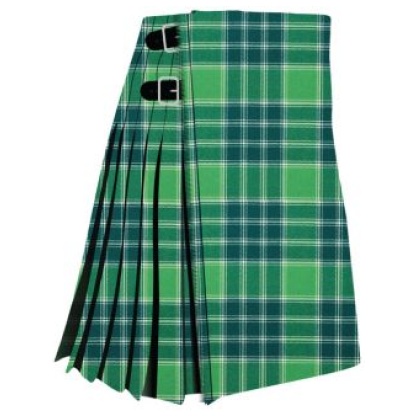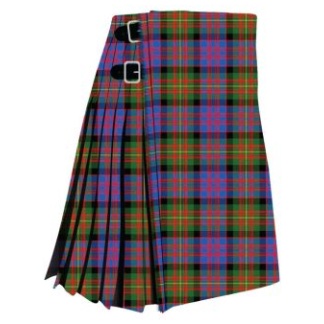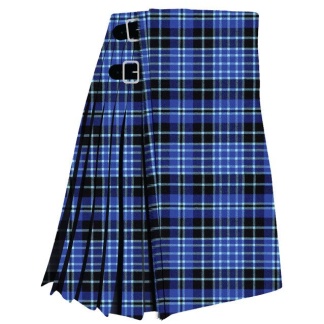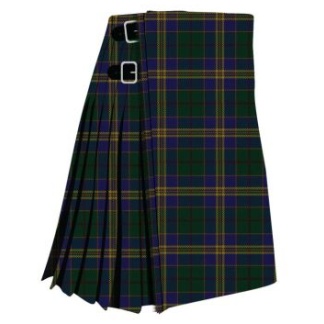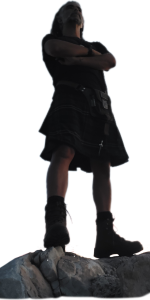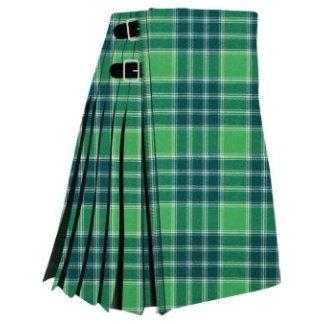Clan Macdonald Lord Of Isle Tartan Kilt
$169.00
The Clan Macdonald of Sleat, also known as the Clan Donald of Sleat, is one of the branches of the larger Clan Donald, which is one of the oldest and most prominent Scottish clans. The Lord of the Isles was a title historically held by the Macdonald chiefs who ruled over the western and western highland regions of Scotland. The tartan associated with the Clan Macdonald Lord of the Isles is a distinctive and recognizable tartan that holds historical significance.
The Macdonald Lord of the Isles Tartan is characterized by its use of deep blue and green colors, often with white or yellow accents. The pattern typically consists of a broad, bold checkered design. The key features of this tartan include:
- Blue and Green: The dominant colors in the Macdonald Lord of the Isles Tartan are deep blue and dark green. These colors are representative of the landscapes of the Western Isles and the Isle of Skye, where the Clan Macdonald of Sleat had significant influence.
- White or Yellow: White or yellow stripes often provide a contrast to the blue and green, breaking up the tartan pattern.
- Checkered Design: The tartan pattern is characterized by a checkered or crisscrossing design, with the blue and green squares forming the main framework.
The Macdonald Lord of the Isles Tartan is distinctive and well-recognized in the world of Scottish tartans. The history of the tartan is closely tied to the Clan Macdonald’s rich and often turbulent history in the western Highlands and Isles of Scotland. The clan played a significant role in the region’s history and was known for its fierce and independent spirit.
The Lord of the Isles was a powerful and semi-independent ruler in the medieval period, holding sway over a vast territory that included the Western Isles and parts of the western mainland of Scotland. The tartan associated with the Lord of the Isles serves as a symbol of the clan’s heritage and connection to this historical period.
Today, the Macdonald Lord of the Isles Tartan is often worn with pride by members of the Clan Macdonald and those with an interest in Scottish heritage. It remains a symbol of the clan’s history and the broader history of the Scottish Highlands.
